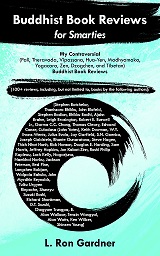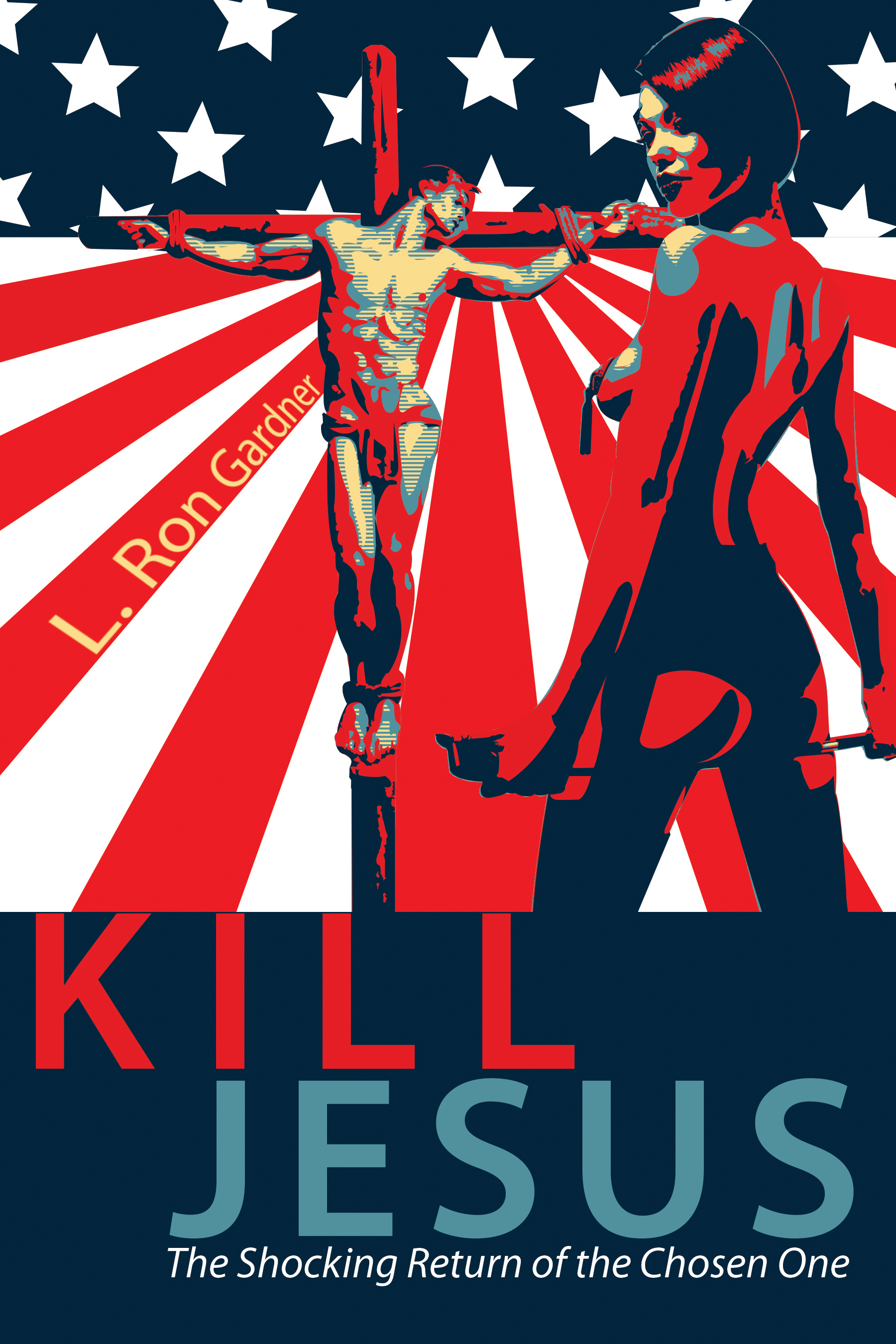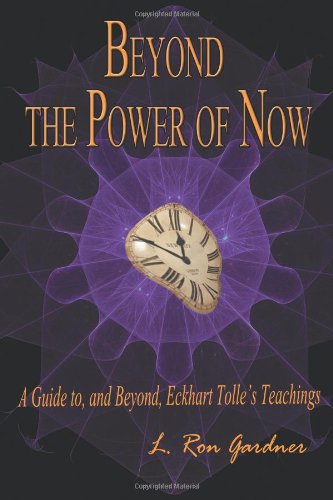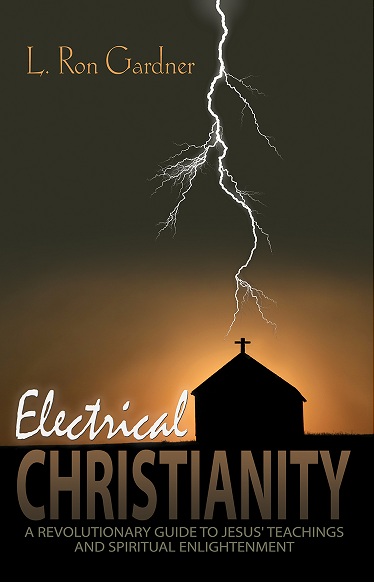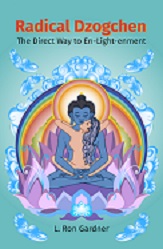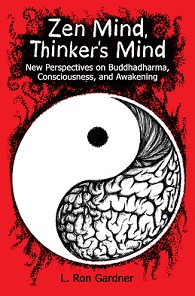September 23, 2014
In this brief article, I will argue that Aristotle’s Three Laws of Thought also hold true for Spiritual, or Ultimate, Reality. Here are the three Laws again:
1) A thing is what it is (the law of identity).
2) A thing cannot at once be and not-be (the law of non-contradiction).
3) A thing cannot neither be nor not-be (the law of the excluded middle).
I say that God, or Ultimate Reality, is the Thing-Itself, the single Existent, or Being, from which all existents derive. This Being Is What It Is – Consciousness-Energy –and it can Be nothing other than Consciousness-Energy, because Consciousness-Energy is Being: the uncreated single, irreducible, timeless, spaceless Context or Source of all created content, or existents.
Being cannot Be and not Be. If Being could not Be, then it would no longer Be Being; it would be Non-Being. But Non-Being is a Non-Existent, a Zero.
There can be no middle ground between Being and Non-Being. Being either Is, or Is Not. And as I have made clear, Being Is (Consciouness-Energy).
Ayn Rand Objectivists would argue that an all-subsuming Divine Being (the two “Vines” being Consciousness and Energy) is a Floating Abstraction.…
Read the full article
September 21, 2014
I have just finished reading (and reviewing at Amazon) Avi Sion’s book “In Defense of Aristotle’s Laws of Thought,” (available for under $2 on Kindle). Sion does an outstanding job arguing for the irrefutable truth of these three axiomatic statements that form the base of standard logic. These three laws of thought are:
1) A thing is what it is (the law of identity).
2) A thing cannot at once be and not-be (the law of non-contradiction).
3) A thing cannot neither be nor not-be (the law of the excluded middle).
As Sion makes clear, these laws are not arbitrary, and any attempt to deny their axiomatic primacy in the practice of logic (non-contradictory identification of the facts of reality) is fanciful. Sion writes:
“The validity of logic is thus itself an inductive truth, not some arbitrary axiom. Logic is credible, because it describes how we actually proceed to distinguish truth from falsehood in knowledge derived from experience. No other logic than the standard logic of the three laws of thought is possible, because any attempt to fancifully propose any other logic inevitably gets judged through standard logic.…
Read the full article
